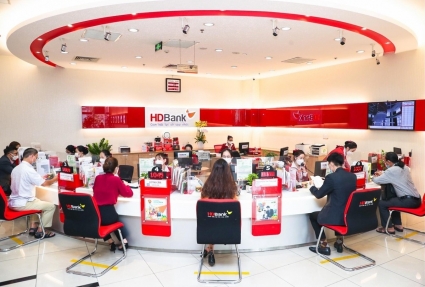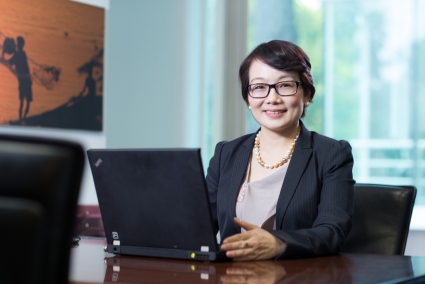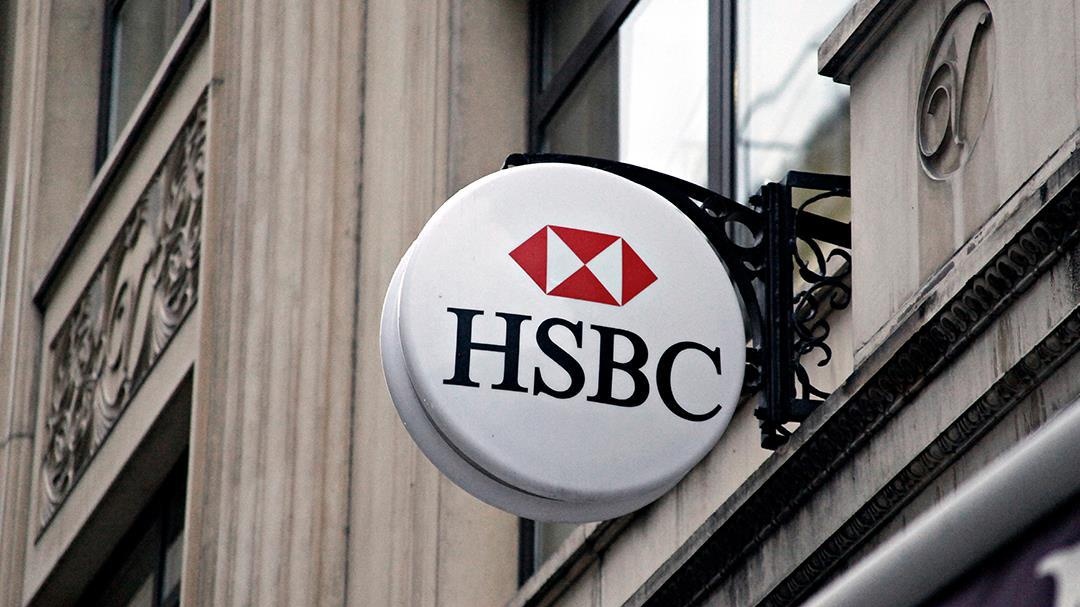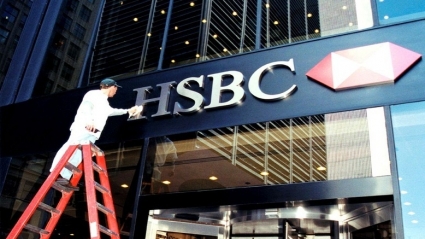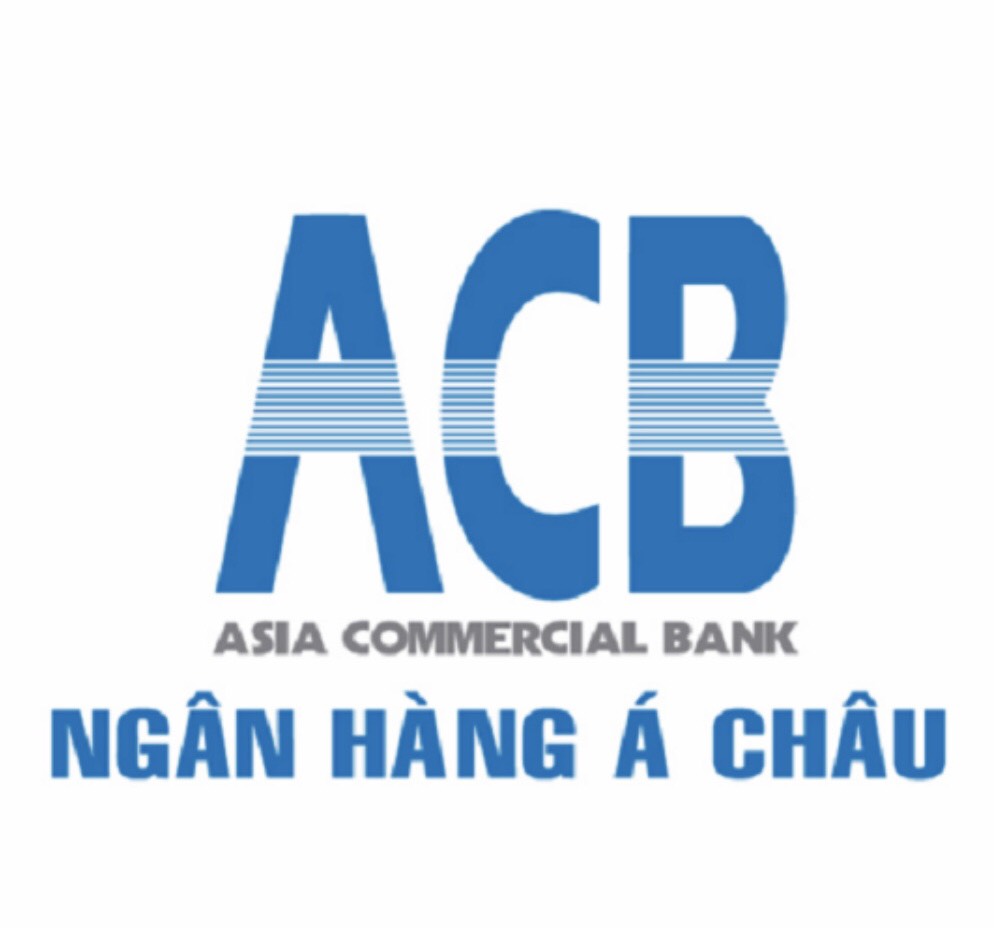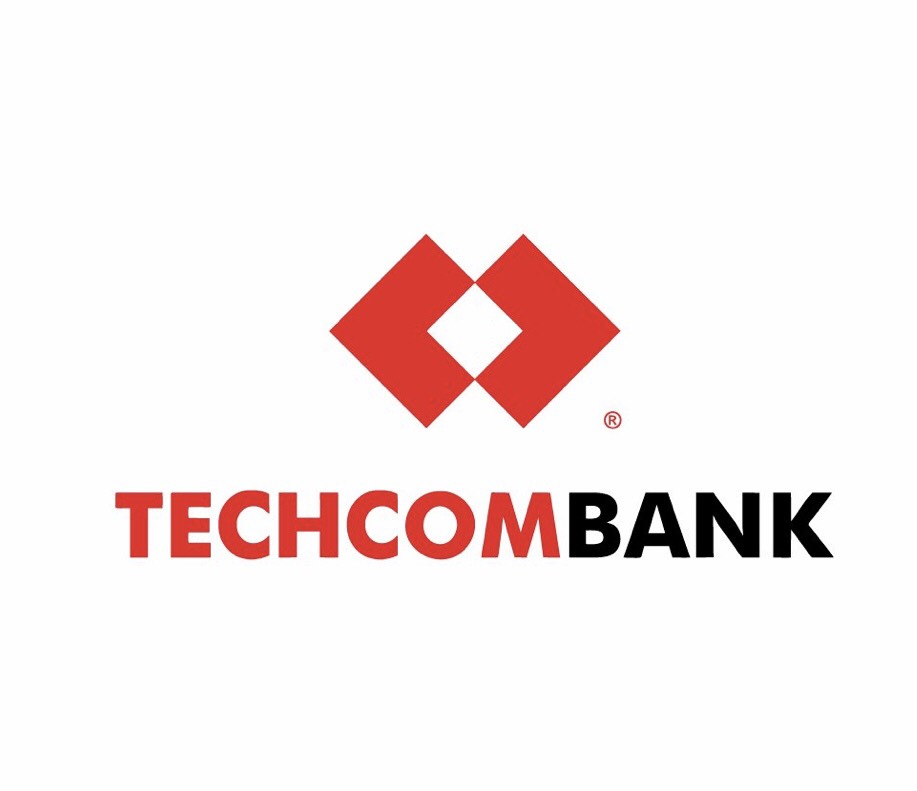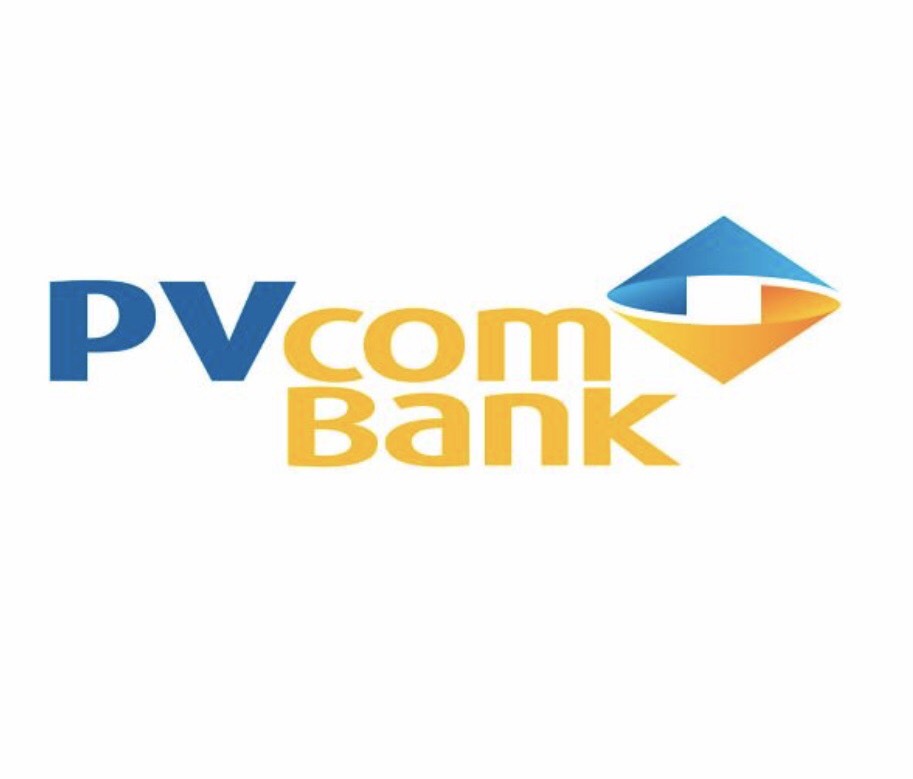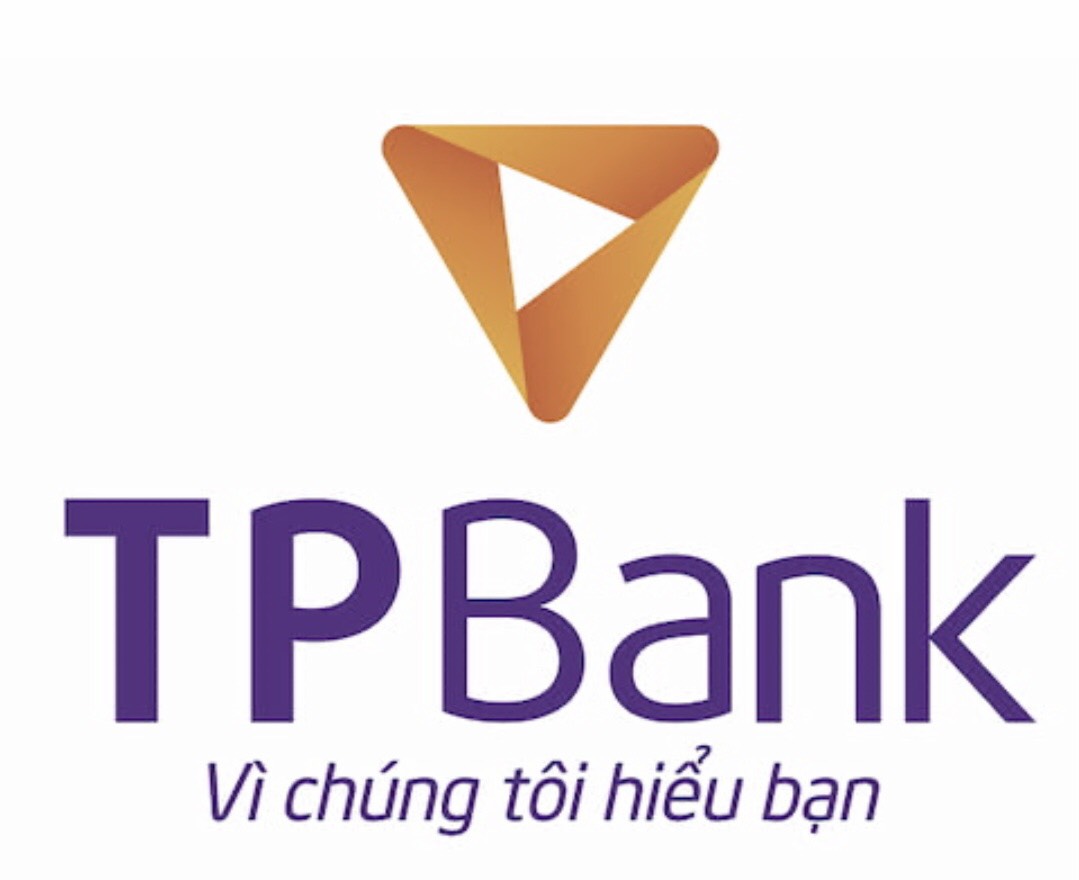From Waste to Wealth: What Opportunities Abound in a Circular Economy?
As environmental concerns rise and resources deplete we need to shift towards a new model of consumption which can support the economy and help the planet: the circular economy. What posibilities as well as what challenges should we be aware of?
Earth Overshoot Day is a concept developed by Andrew Simms of UK think tank New Economics Foundation and promoted by its partner organisation Global Footprint Network. Itmarks the date when humanity has used all the biological resources that the Earth regenerates during the entire year.This year, Earth Overshoot Day fell on 28thJuly, which meanson this day, we hadused all of the world’snatural resources budget for 2022. The date is comingearlierand earlier each year. In 1970, we overshot this threshold 2 days before the year end. This year, we overshot the threshold 156 days before the year end.
The truth is we consume a lot and waste a lot. Think about the resources you consumed in the pastweek:the clothes you bought, the food you ate, the distance you travelled. Think about everything you threw away: the single use plastic items like bags, bottles, coffee cups, straws, boxes, spoons, etc.
Not only this, but the extraction, processing and manufacture of goods for society accounts for a staggering 62% of total global greenhouse gas emissions. Excess emissions are released from inefficient use of resources and waste, contributing to an estimated 1.6 billion tonnes of carbon emissions generated from solid waste management alone , which is the equivalent of having 350 million cars on the road. It also generates significant amounts of waste and pollution. Currrently, 60% of discarded materials are either sent to landfills or incinerated, thereby damaging the natural environment. This is even more alarming as global waste generation is set to increase by 70% by 2050, according to the World Bank .
Do we really need to extract from the natural environment at the rate that we currently do? Can net zero emissions be achieved without net zero waste? The answer is no. So what can we do?
A switch to circular economy
There are many definitions available on what the circular economy is. In HSBC’s view, the circular economy is an alternative economic model tothe linear model which constists of - manufacture, use and dispose. It promotessustainable development by designing products, systemsand processes that focus on recycling and reuse, thereby ultimatelyminimising waste, conserving natural resources andproviding efficiency gains.
The concept of circularity is that we move from a world where we make-consume-dispose to one where there is less leakage, where waste canbe fed back into the system as raw materials, where products and systems are designed to beeasier to recycle, and where we use much more than just consume and dispose. Transitioning to a circular economic model can help preserve scarce resources, protect our environment, unlock sustainableeconomic development potential and improve our quality of life.
Under the current linear model, natural resources are under strain. Over the coming decade, millions more people all over the world are expected to become ‘middle-class’ consumers, pushing global consumption ever higher. Given the finite resources we have at our disposal, a new model for economic prosperity is becoming even morenecessary.Clearly, today’s linear world is unsustainable when the amount of resources extracted from our planet are rising bynearly 2% per year.
A linear economy follows the “take-make-dispose” approach - raw materials are collected, then transformed into products that are used until they are finally discarded as waste. If left unchecked, the linear economy will produce as many products as possible, damaging the environment in the process due to unrestrained resource extraction, excessive carbon emission, unwanted pollution and excessive waste.
Unlike the linear economy, the circular economy requires a paradigm shift, to one where resources are reused for as long as possible, by optimising the re-utilisation of consumer goods and active recycling of unwanted materials.
The impact is huge
The circular economy can help us save energy and resources. It also brings economic benefits, and quite subtantial ones too. The move towards a more circular economy can contribute $4.5 trillion in additional economic output by 2030, and $25 trillion by 2050, as a result of resources being better utilised and morejobs being created in higher-skilled industries away from resource extraction and waste disposal. According to ILO projections, “under the circular economy scenario, worldwide employment would grow by 0.1% by 2030 in comparison with a business-as-usual scenario”. Employment would grow in the services and waste management sectors by roughly 50 million and 45 million jobs respectively. The World Economic Forum estimates that by 2025, recycling, reusing, and remanufacturing could help unlock $1 trillion a year in wasted resources and reduce 100 million tonnes of waste globally.
Despite this, the world is still only 9% circular. There is a huge amount still to be done in order to transition a notable share of the world away from a linear model. There are two requirements to “close the loop” involving sustainable resource management and waste management. This is where plenty of opportunities can be found, from technology companies developing new materials, products or processes to a closed-loop model, to companies committed to transitioning to the sustainable circular approach. Opportunities are abound for both businesses and investors.
Rethinking supply chain management
The supply chains should be rethought in a positive manner. Taking production, use and disposal of mobile phones as an example: based on 2010 Eurostat figures, 85% of mobile phones produced are sent to landfill after use, 6% are reused and 9% are recycled. No phones were remanufactured. As mobile phone usage continues to increase across the world, increasing how many handsets are re-used and recycled will be important.
If 21% of mobilephones could be remanufactured by improving collection/encouraging consumers to hand indiscarded phones when purchasing new ones, these old mobiles could be re-injected back intothe supply chain at the “product manufacture” stage.Any still functioning component partscould be extracted and put into new products. In this case, the amount of mobile phones ended up in landfills is estimated to fall to 50%.While giants phone producers are considering this idea of shifting their supply chains towards a more circular one, IKEA, the Swedish furniture seller, has already made it happen by starting trials for leasing furniture and refurbishing to sell to prolong the lifecycle of the products since 2019.
Redesigning products
In order to transition to a circular model, initial products will need to be longer lasting and higher quality, and designed in a manner that facilitates reuse or recycling. Let’s look at one of the most widely used items in the world: drinks bottles. Currently, vast amounts of plastic packaging are used for drinks bottles.
Using more recycled material is one way to solve the plastic pollution. Other solutions include refillable packaging designs and this has gone beyond drinks bottles. The idea can also be feasible in a wide range of food products with consumers bringing their own containers to refill rice, cereals, etc. UK food retailer Waitrose has started a trial for the use of refillables in supermarkets. This new scheme significantly reduces packaging waste, and economically benefits the consumers as most of the refillables products will be sold for a lower price given a lack ofpackaging costs (up to 15% discount).
Các tin khác
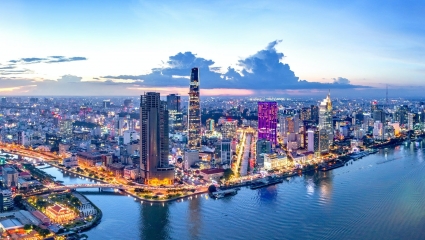
Standard Chartered Forecast Vietnam 2023 GDP Growth at 7.2%
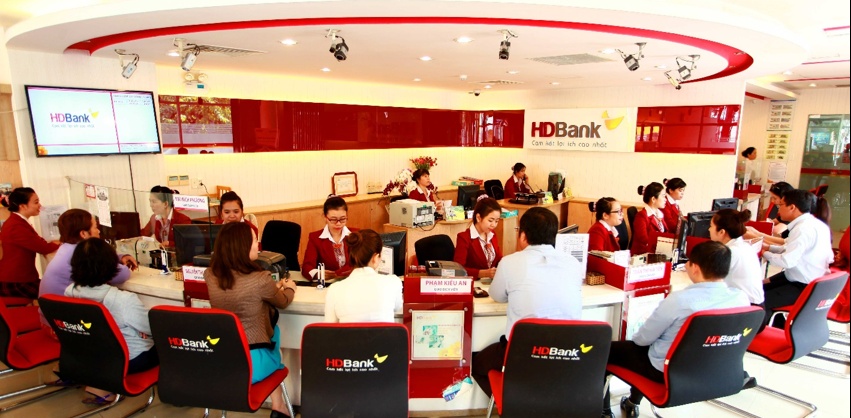
Tough year expected for banks in 2023
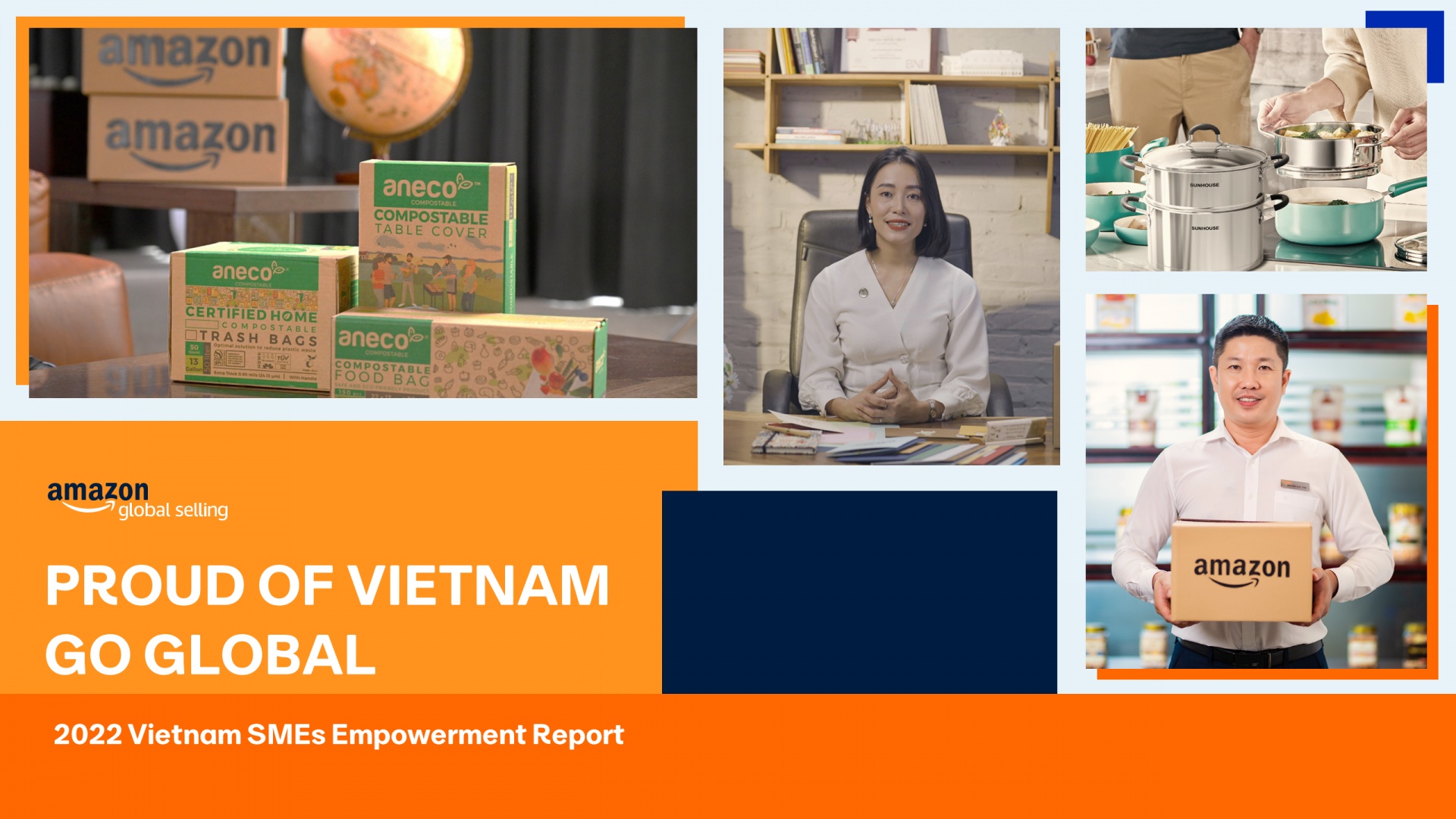
Amazon Global Selling Vietnam Reveals its 2022 Vietnam SMEs Empowerment
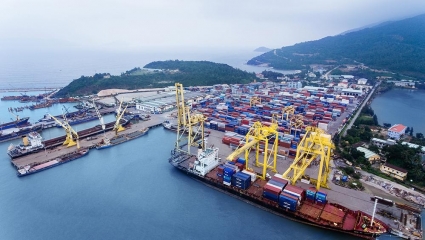
Vietnam: Bracing for a Trade Winter
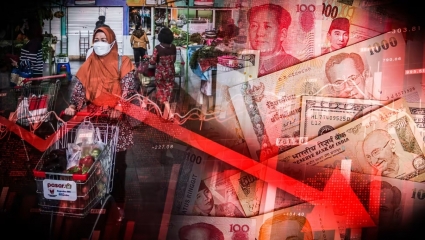
Asia Economies to Benefit from China’s Opening in Second Half 2023
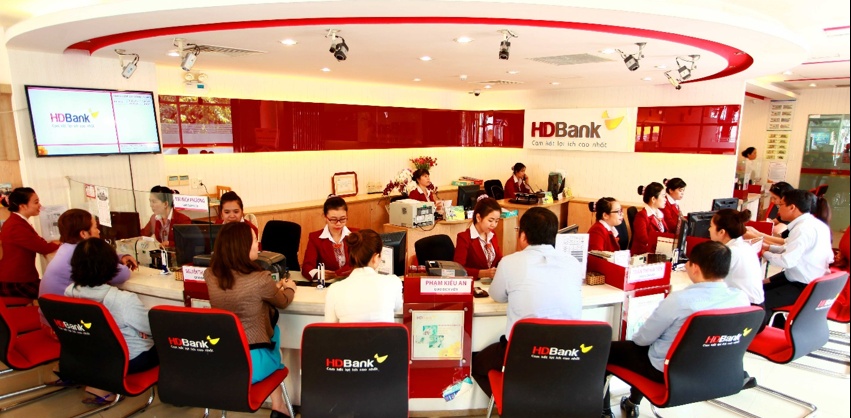
One More HDBank Leader Registered to Buy HDB Shares
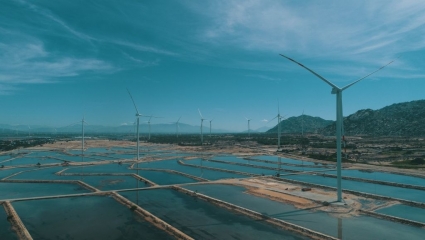
Sign of a Loan Agreement for Ninh Thuan Province Onshore Wind Power Project
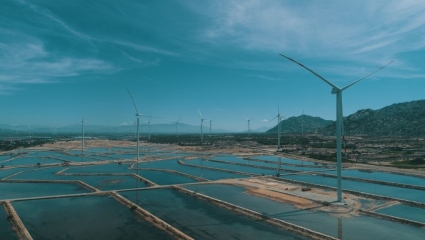
ADB, BIM Wind Sign $107 Million Financing Package to Support Wind Energy in Viet Nam
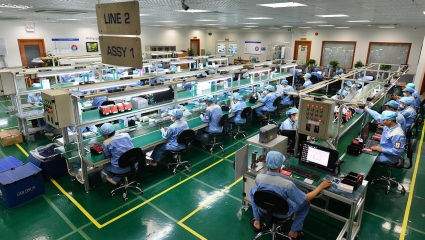
International Agreement to Support Vietnam’s Ambitious Climate and Energy Goals
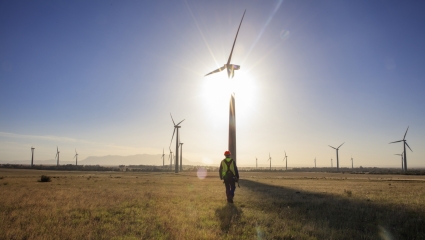
Vietnam to Receive $15.5 billion for Energy Transition
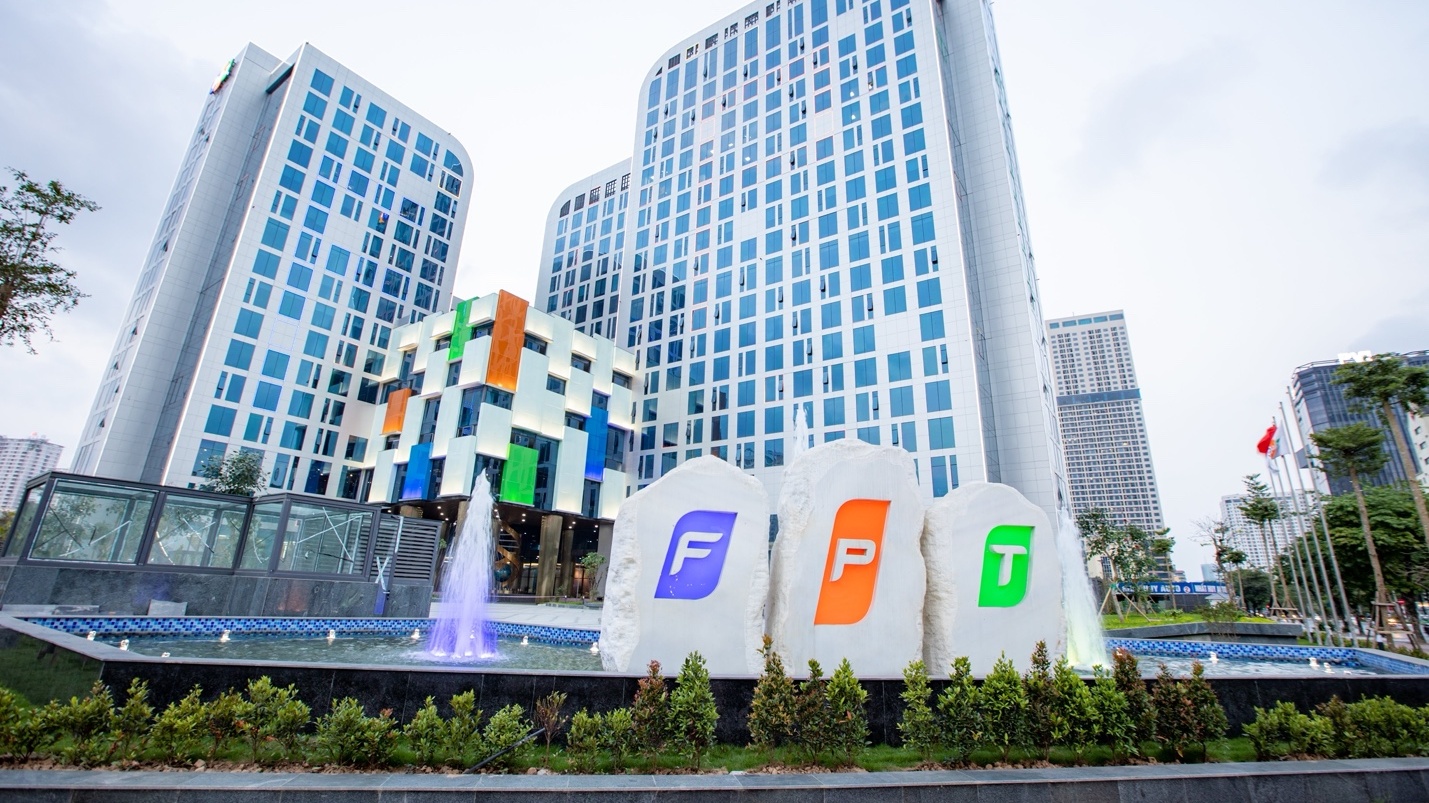
FPT Announced Business Results in the 11 Months of 2022
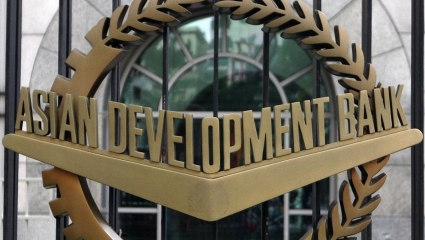
ADB Lowers Growth Forecast for Developing Asia amid Global Gloom
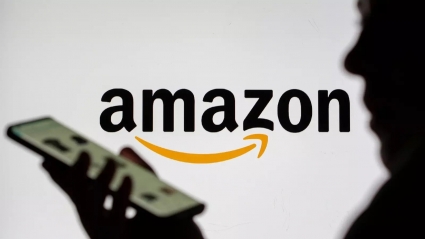
Amazon Announces its Biggest Holiday Shopping Weekend Ever
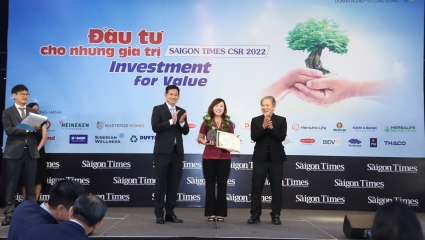
Unilever Vietnam to Consolidate the Position in Circular Economy
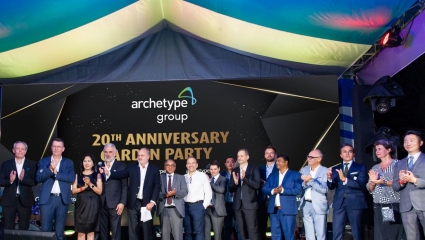
Archetype Group Celebrated 20 Years of Growth
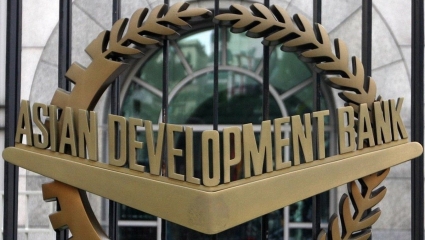
ADB, HAYAT KIMYA to Support for Women and Children’s Lives in Vietnam
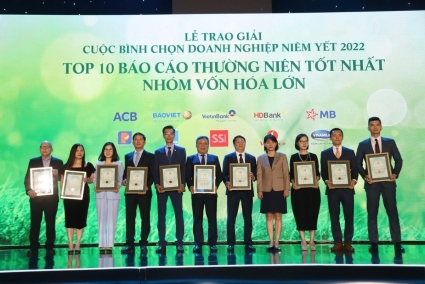
HDBank is the Large-Cap Listed Company With the Best Annual Report 2022
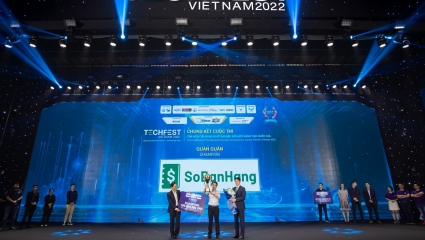
Sobanhang Excellently Won the Champion of National Innovative Technopreneur Contest
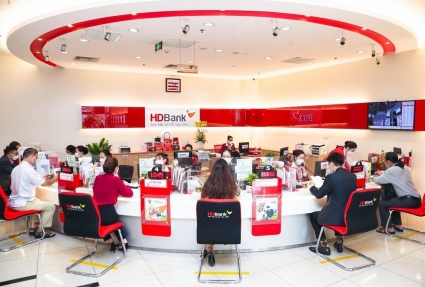
General Director of HDBank Continues to Rregister to Buy 1 Million of HDB Shares
